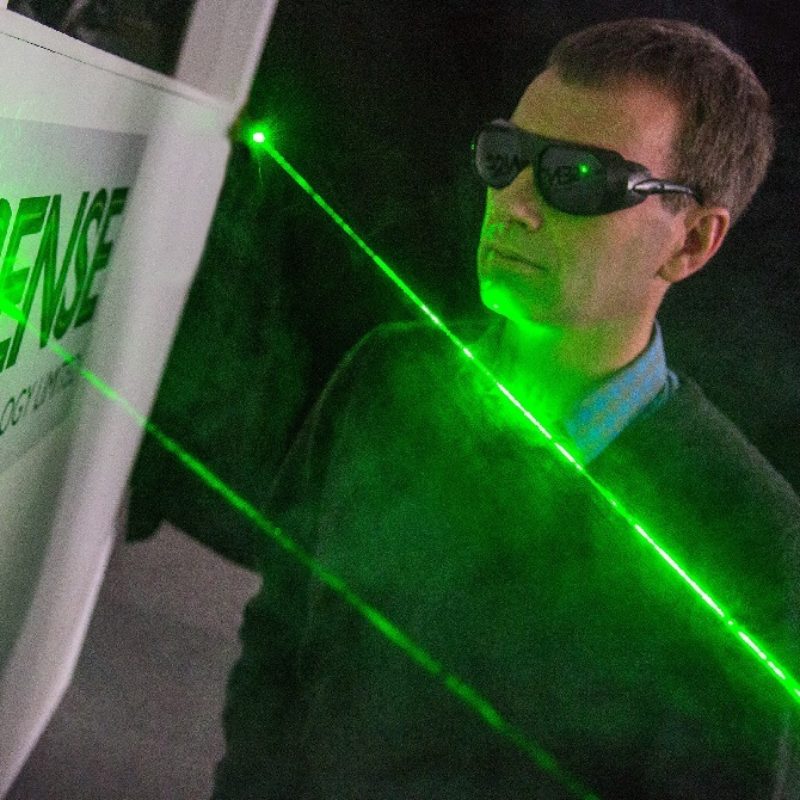Applications
FLI is a powerful distributed temperature and acoustic surveying
method. It is also a dynamic system, in which the fibre sensor is
unspooled from the FLI probe as it transits, either under the
influence of gravity or by being pumped into the well.
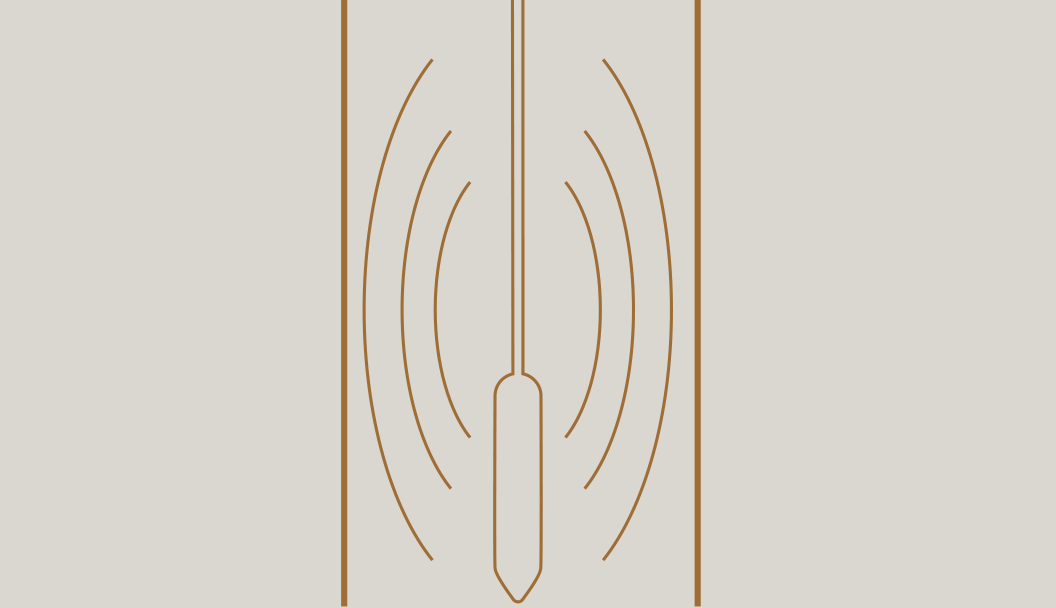
Distributed Surveys
FLI enables rapid acquisition of distributed surveys. This statement challenges some conventions but with FLI, we survey for only as long as we need in order to acquire the information. As soon as that moment is reached, we cut the fibre and rig down, handing the well back for other operations.
Especially with leak detection jobs, we may well acquire all the information that is required in the first few minutes of the survey. On the other hand, if we are monitoring a water injector warm-back, we may require hours of monitoring to build up a useful picture of the injectivity profile.
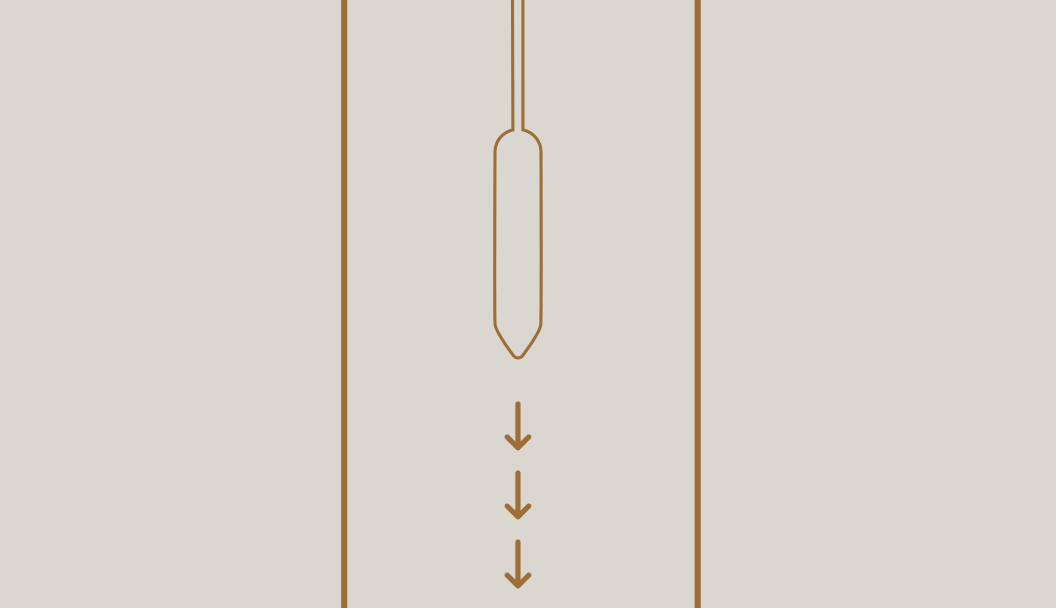
Descent Surveys
In addition to our distributed data surveys, the transit of the FLI probe is also rich in information, especially when it is free-falling into the well. At low well inclinations the descent of the FLI probe is influenced primarily by the opposing forces of weight and drag. At high inclination angles the influence of friction also becomes important.
The descent of the FLI probe can be analysed to indicate:
- changes in fluid gradient, as the speed of the FLI probe depends upon the density of the fluid in which it is falling.
- gas-liquid interfaces, which are points of sudden change in fluid density.
- restrictions in the tubing, such as those caused by scale build-up, which affect the velocity in the annular space around the probe, and hence the drag force.
We analyse each descent, once the FLI probe has landed, to provide you with almost immediate information about your well, some of which may be important for any static surveys to be carried out.
Leak Detection
Leak detection is one of the best applications for FLI.

FLI surveys are fast and can reach places that others cannot go.
FLI surveys are much faster to carry out than multi-point stationary surveys, as the fibre is sensing along its entire length continuously. FLI is also faster to run and more sensitive than encapsulated fibre, providing more information in less time, even if any leaks are small and intermittent.
The differences can be dramatic. Leak detection jobs that may conventionally take days can be completed in a few hours, from rig-up to rig-down, sometimes with only a few minutes of surveying time. Furthermore, with FLI we have been able to put fibre in places that could not normally be reached – such as across tubing cuts – detecting the location of annulus leaks that would have been almost impossible otherwise.
FLI is particularly suited to pre-abandonment well surveys.
Our pre-abandonment surveys provide a “health check” of the well. We can check the integrity of plugs and other pressure barriers before the well is finally abandoned.
But the most value from FLI is realised through optimisation of the abandonment activities themselves. The information provided by FLI can be used to meticulously plan subsequent operations, with more assurance about the work that needs to be done and less chance of surprises. Ultimately FLI provides you with knowledge that helps to reduce the time, cost and risk of well abandonments.

Injection Profiling
Injection profiling is a valuable tool for successful water flooding and effective reservoir management.

Our injection profiling application uses distributed temperature monitoring across the reservoir section for water injection allocation. Injection of cold fluids into the reservoir causes cooling of the formation which will warm back to the geothermal gradient once the well is shut-in. We monitor the changes in temperature during this shut-in period over time to measure the rate of warm-back across the formation. Application of analytical models use a temperature inversion approach to obtain the injection profile from this data.
FLI enables routine acquisition of warm-back data to evaluate injectivity over time.
The unique value of FLI for this application is the ability to easily and routinely acquire warm-back data at low cost and with little disruption to the injection program. Regular flow profiling can be performed to monitor changes in injectivity over time. Pre and post treatment flow profiles can be performed to quantify the effects of stimulation treatments and the application of enhanced oil recovery technologies.

Cement Assurance
A common challenge during completion operations is ensuring the cement barrier between the well and surrounding subsurface formation is well executed. In some locations the quality of the cement job must be validated to meet regulatory requirements.
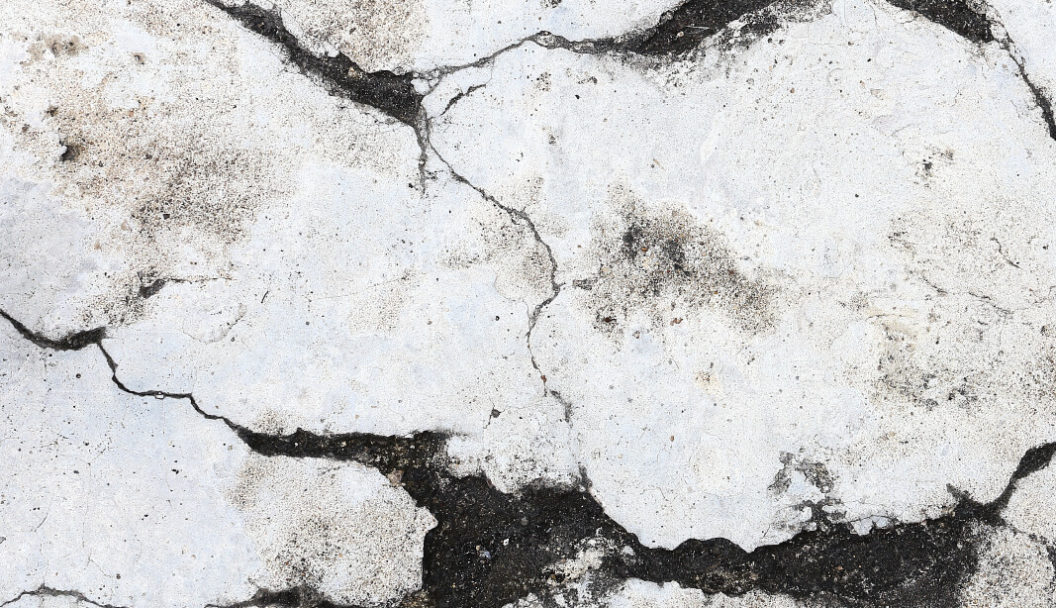
Reliable cement job quality assurance can be problematic.
Assessing the quality of a cement job can be problematic when using conventional wireline techniques – single point instruments can only capture measurements at the depth of the logging tool. Hence, the tool must be moved up and down the well to identify features in the cement during setting. It is not possible to sample the entire wellbore simultaneously, which can lead to many hours or days of logging to provide more information than simply finding the top of cement. To more fully understand the cement job costly well logs, such ultrasonic imaging tools must be run. But these logs are typically run at the end of the curing process, missing valuable data from the heating and cooling phase.
FLI is a powerful transient monitoring technique.
Using FLI, dynamic distributed temperature measurements can provide rich information about the quality of a cement job at all points along the fibre, from just after the cement slurry is loaded into the casing annulus. FLI can provide a time-lapsed view of exothermic curing process of the cement throughout the entire wellbore. Once the wellbore returns to its subsurface geothermal gradient, typically in about 24 hours, the profile can immediately be interpreted to provide information such as the top of cement, and cement/fluid interfaces, density changes and void areas. At the end of the job, the fibre is cut and the FLI probe is left in the well or drilled out.

Vertical Seismic Profiling
A vertical seismic profile (VSP) is a high resolution, depth-calibrated image of subsurface characteristics in the vicinity of a wellbore.
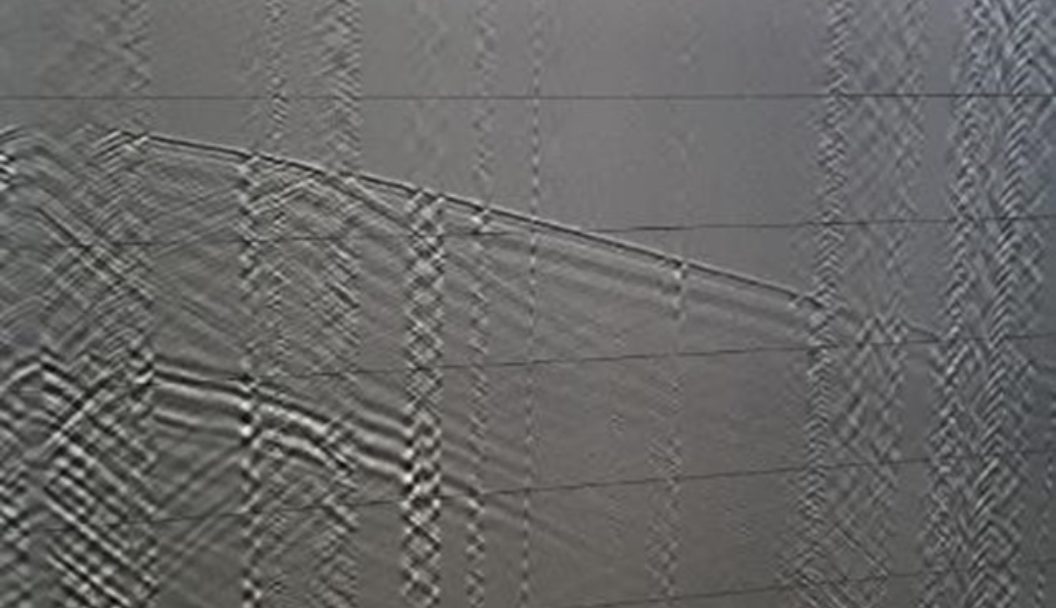
FLI is a rapid, sensitive VSP acquisition system.
The sensitivity of our fibre has been proven to provide comparable results to conventional geophones but with higher spatial sampling interval and rapid data acquisition. VSPs are typically acquired using conventional, wireline deployed borehole logging tools containing geophones. However, these types of surveys are costly, risky, time-consuming and require significant amounts and equipment and personnel, and so are performed only occasionally.
FLI can provide VSP data in a matter of minutes and deliver seismic images containing both compressional and shear direct and reflected waves. Multiple VSPs can be performed in just a few hours including set up – a fraction of the time it would normally take for a traditional geophone VSP survey.
FLI has a small footprint but enables a wide range of surveys.
The small footprint and efficiency of FLI enables a wide range of borehole seismic applications – from check shot surveys to 3D VSPs – all executed in an extremely cost-effective manner. FLI reduces HSE exposure and operational risk due to the dramatic reduction and simplicity in measurement equipment. In addition, the fibre is simply left in the well at the end of the job, eliminating the risk of a fishing job or, even worse, leaving wireline tools as lost in hole.

Offset Well Frac Monitoring
Monitoring cross well strain and micro-seismic during hydraulic fracturing operations provides valuable insights in fracture growth and well-to-well interactions.
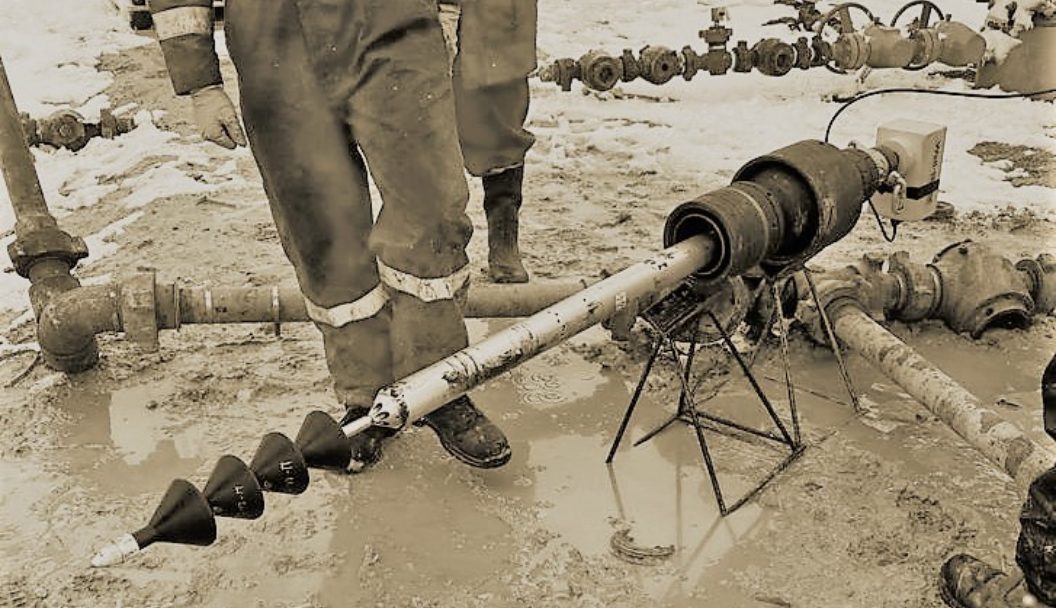
We can access extended reach horizontal wells with FLI using a pump-down method. This allows us to deploy the fibre along the horizontal section and to the toe of a monitor well. We can then use FLI to monitor strain events in adjacent wells during hydraulic fracturing. Logging of these strain events allows effective fracture modelling, enabling you to optimise your program to deliver the most effective reach.
FLI can be deployed using far less resources than conventional techniques.
Typically, offset well frac monitoring requires one or more wireline trucks and crews to be present at the location for many days. We require only a very small crew and simple wellhead rig-up to pump the FLI probe to the end of the horizontal section in one or more wells. The bare fibre is then used to monitor the hydraulic fracturing operations in real-time and in multiple bores, helping to optimise the stimulated rock volume.
Bare fibre is extremely sensitive
FLI surveys can register and locate acoustic events in order to accurately assess cluster spacing and completion design effectiveness. Armed with this information, customers can better plan and optimise subsequent wells in the area, driving down costs and improving return on capital.





